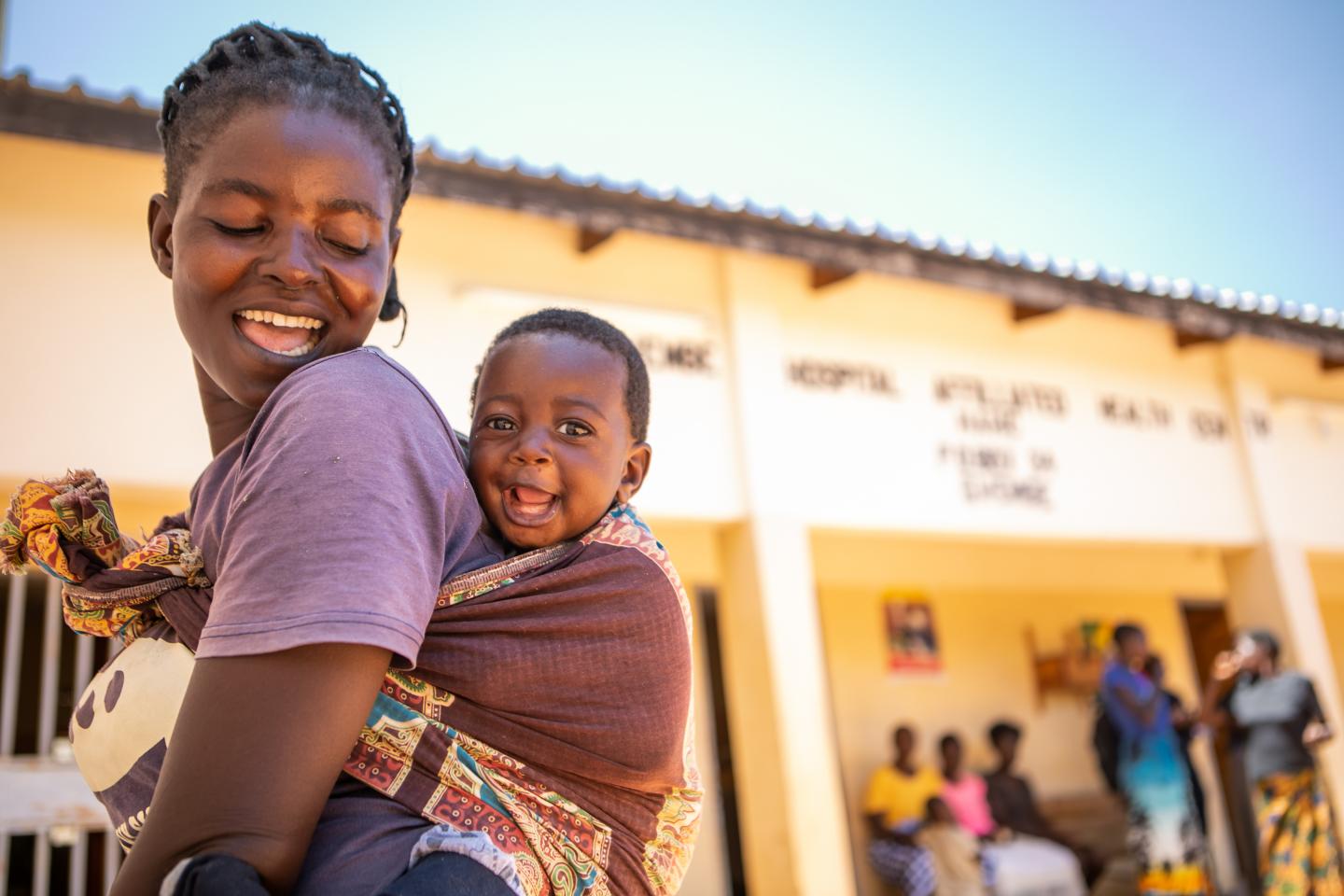Most of local levels lagging behind in protection of child rights
Kathmandu, March 16: (Pritam Bhattarai) Most of local levels across the country are lagging behind when it comes to the protection and promotion of child rights, as they lack bodies to look after the issue, according to government data. The Act Related to Children, 2075, stipulates that each local level will formulate the procedure relating to the protection and promotion of child rights, set up a child fund, form a local child rights committee and appoint a child welfare officer.
However, around five years have elapsed after the Act was formulated, only a few local levels have followed the procedure. Out of the total 753 local levels, only 238 have formed a Child Rights Committee (CRC), and 246 have deployed a Child Welfare Officer (CWO). Similarly, 212 have set up a Child Development Fund while 318 have launched the Child Protection Guidelines. This data is taken from a report until 27 February, 2023 published by the National Child Rights Council (NCRC) under the Ministry of Women, Children and Senior Citizens. Local levels failing to timely set up government bodies relating to the protection and promotion of child rights has been a major concern when it comes to the protection of child rights, said child right activists.
The mechanism is crucial for the protection and promotion of child rights, said child rights activist Kapil Aryal. In lack of CRC and CWO in particular, there are difficulties in rehabilitating children, he said. CWO is the only authorised person to recommend any child for their rehabilitation, according to him. “How things are going without CWO,” he wondered. Local level representatives illegally recommend child’s rehabilitation, said Aryal, who also teaches at the Kathmandu School of Law. Before the child’s rehabilitation, their transfer and family reunion, it requires their proper documentation according to the laws, he said at an interaction organised here recently by the Center for Legal Research and Resource Development (CeLRRd).

A lack of children’s documentation invites many problems. Major risks of a lack of proper documentation of children with the government are that they maybe trafficked, he said. At least 36,612 children are reported to have been missing in a span of 16 years, according to the final annual report (2021/22) of the National Human Rights Commission. Of them, 13,353 are still missing, which is 30 percent. In the FY, 2019/20, 2,219 children were reported missing, 3,009 in FY 2020/21, and 4,269 in 2021/22. The NHRC cited media reports. The situation is not satisfactory when it comes to the condition of child rights, it said.
According to the national status report on the condition of children, 2022, NCRC, the total 4,646 were reported missing in the FY, 2021/22. Out of them, 4,269 were found through the National Centre for Children at Risk, NCRC (toll free, 104) and reunited with their families. Most of the missing children are reported to have been trafficked in neighbouring India, said child rights activists. According to the 2019 report by the NHRC, around 35,000 individuals have been subject to human trafficking.
Of them, around 15,000 are men, 15,000 women and 5,000 minors. According to the NCRC report 2022, there are the total 417 CCHs in 43 districts registered with the NCRC wherein a total of 10,905 children (5,081 boys and 5,824 girls) are taking shelter. A majority of child care homes (CCHs) surveyed by the CeLRRd (2022) (in coordination with the J/TIP Project supported by the US Department of State, the ECAPT Luxembourg, the National Child Rights Council and the Shakti Samuha) are found to not have done the proper documentation of children residing in them, said Aryal, the lead researcher of the study. For the study, a total of 77 CCHs from Bagmati Province, Gandaki Province and Karnali Province were surveyed.
प्रकाशित मिति : २ चैत्र २०७९, बिहीबार १६:०५














